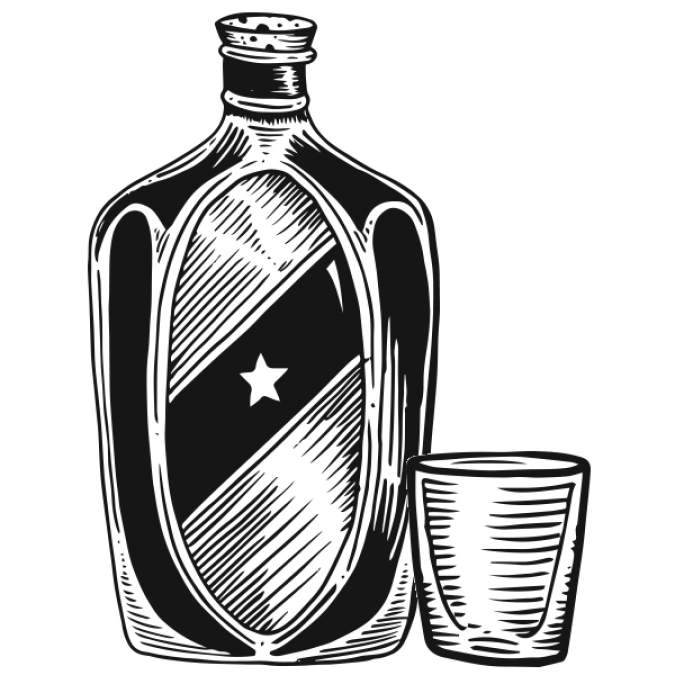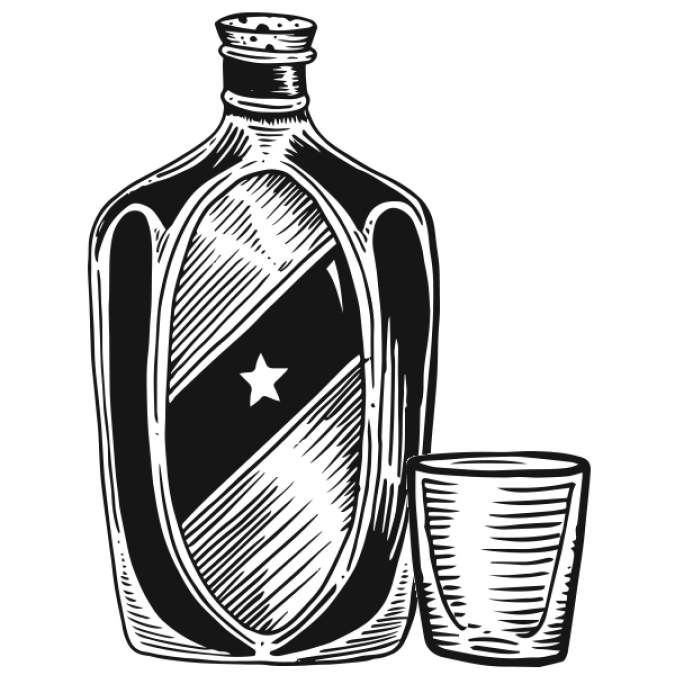I still remember the first time I had pisco. My sister was coming back from a year in Chile, and we were having a Chilean-themed party, even though she’d probably have preferred almost anything else. My (OK, Wikipedia’s) cursory knowledge of Chilean drinks started and ended with Pisco sours, so that’s what we had. A perfectly tasty blend of pisco, lemon juice, sugar, and egg whites, that’s about all anyone was doing with pisco nearly a decade ago. Yet now it’s assuming a place alongside rum, gin, and other clear spirits as the base for a wide range of cocktails.
Let’s start with what pisco is. At its simplest, it’s a brandy made from grapes or grape wine in South America, Chile and Peru specifically. Most of it is bottled clear, and it has a relatively neutral flavor: more intense than vodka but less herbaceous than gin. As such, it’s found a home in a tremendous array of cocktails with a host of dominant flavors. I enjoy it paired with citrus and herbal liqueurs, but it also does well almost anywhere you’d use gin or brandy.
Ironically, it’s that very versatility that’s helped keep pisco fairly anonymous among most drinkers. While other spirits like rum and tequila have been positioned as both simple mixers and quality spirits well worth drinking on their own, the pisco movement has found little traction in the U.S.
That doesn’t mean that a few local bartenders aren’t enamored of it. I remember being struck on my very first visit to Damn the Weather that the bar team there seemed committed to promoting lesser-known spirits, including pisco, and that focus has remained. Not only do they always seem to have a pisco drink on the menu, but their bar staff is skilled at finding other ways to deploy it if asked.
Where pisco really hasn’t made much inroad is with the aged and complex versions that can be found in South America but are still rare here. Even as importers are finding success with other unusual aged spirits, like mezcal and sotol from Mexico, most pisco on the U.S. market is more suitable for blending than drinking on its own.
If you, like me, happen to have a bottle at home, whether from travel abroad or just a moment of curiosity at the liquor store, it’s worth playing with. One of my favorites is a Pisco Old Fashioned. I gently press a bit of lemon peel along with a half-ounce of simple syrup and two dashes of bitters. In this case I tend to eschew the more classic Angostura and go for something a bit more aromatic and gentle, either orange bitters or Peychaud’s (I know, I just ranted about the bitters craze in a recent column).Then I add two ounces of pisco and stir. Old Fashioneds are great cocktails for getting to know a spirit’s essential nature—and in pisco’s case, that’s bright, floral, vegetal, and faintly exotic.
thebarcode@seattleweekly.com







